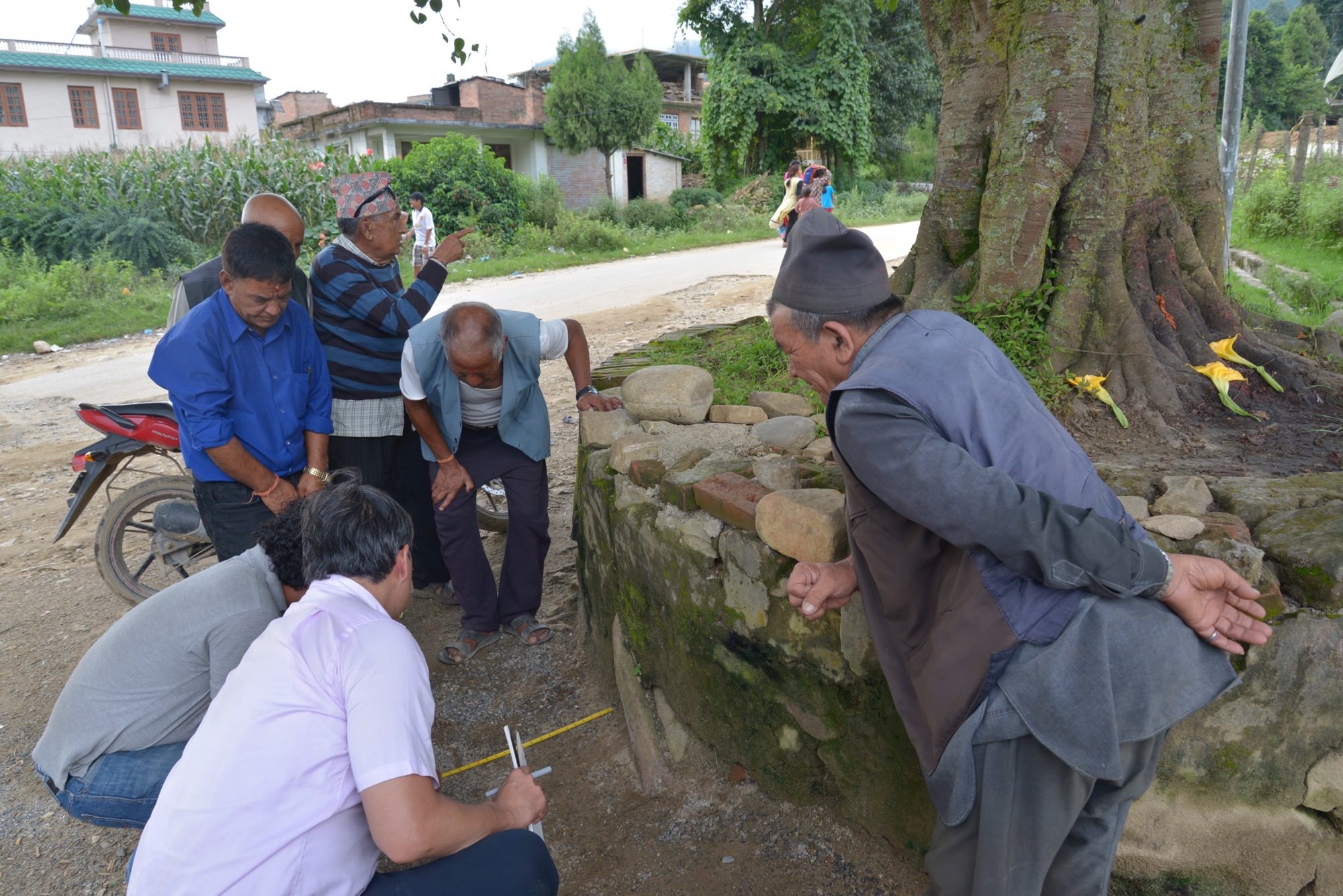We are excited to share the new Ibasho Nepal booklet, a handbook describing the Ibasho core principles with colorful photos, paintings and prose inspired by our visit to Ibasho Nepal in 2019.
We are especially grateful to the Ibasho members in Matathirta for hosting us, to our team of translators at Bihani Social Venture, and to our Ibasho colleague Yasuhiro Tanaka for designing the booklet.
Click here to view the booklet.
Letter from Emi Kiyota, Ibasho Founder
“The time to be happy now, the place to be happy is here, and the way to be happy is to make other people happy.” I found this quote when I was working on a senior housing project for Buddhist monks. It resonated with me because it captures the gap between our current approach to elder care and what elders want. Everyone wants to be useful to others regardless of their age, physical or cognitive capacities. Ibasho Nepal created a safe place for a diverse group of people, including people of different genders and socioeconomic backgrounds. “We never really sat with men to discuss community issues,” one member of Mahila Samuha, the women’s group, told me. We also tried to integrate the Old Age Home into the village. It was quite isolated, but nowadays they hold village activities in their community room. Multigenerational interactions are important for sustaining traditions. The whole village seems to be interested in retaining the Nepali culture and rituals. As people age what is important changes. Ibasho provides a place for people to share what they know with the next generation.
Artist’s Statement
The paintings on the cover and in this booklet were made using alcohol inks. I brought alcohol inks to Ibasho Nepal to use in an art project for the Matatirtha villagers. I chose alcohol inks because they are portable, colorful and playful; we blew through straws to create surprising combinations and patterns. The experience blew me away. As we passed the inks around the Old Age Home, full of life—from little kids, to students, to interns, to visitors, to amas—we got to know each other. As the paintings came to life we saw each other’s dignity and artistry, regardless of age or cognitive difference. The finished paintings reflected not only the individual spirit but the interconnectedness of Ibasho. In that moment I experienced an epiphany of sorts—brought on by the multigenerational, creative harmony. It struck me that the Ibasho model is special. It can change our world.
Namaste,
Rowena Richie, author and illustrator





